Conversation
05.06.21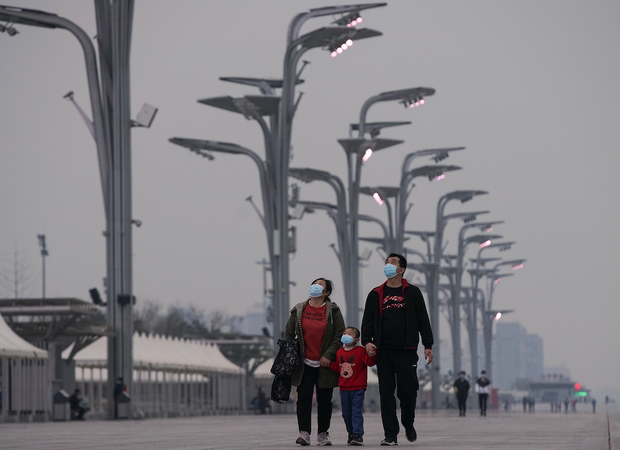
What Should China Do about Its Aging Population?
Though it has yet to be released, China’s latest ten-year census is certain to confirm what demographers have warned of for years: A labor crisis looms as the fertility rate remains low and the country ages at a dangerous speed. Five years after the...
Viewpoint
12.11.19
Is Violence in Hong Kong’s Protests Turning off Moderates?
As protests in Hong Kong have become more violent, have the demographics of the protesters changed? The level of violence employed by protesters as well as the police force has escalated to new heights ever since July 21, when alleged triad members...
ChinaFile Recommends
10.27.17An Inconvenient Truth? China Omits Key Figures That May Have Highlighted Its Demographic Time Bomb from Official Statistics
South China Morning Post
A key data series on China’s fertility rate has been axed from the country’s latest statistical yearbook, depriving the public of crucial figures to judge the effectiveness of the country’s two-child policy.
ChinaFile Recommends
09.28.17‘My Parents Say Hurry up and Find a Girl’: China’s Millions of Lonely ‘Leftover Men’
Guardian
When Liu returned to his childhood village to celebrate Chinese New Year, his parents had arranged a familiar and depressing task for him: a series of speed dates. Over a week back in rural Jiangxi province, he met half a dozen potential wives in...
Caixin Media
03.27.17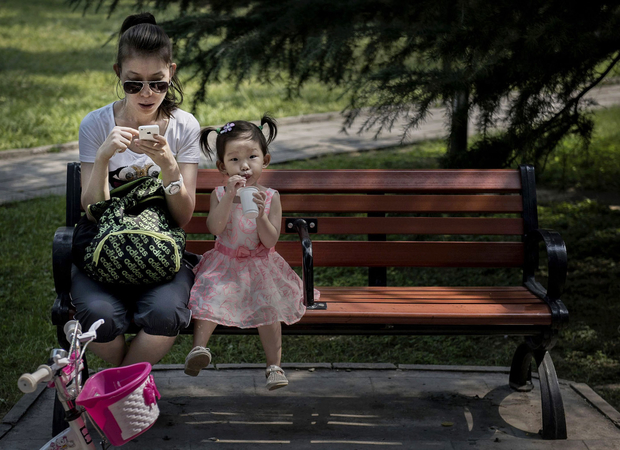
Expert Doubts Incentives Would Boost China’s Birth Rate
Proposed incentives for couples to have a second baby—including tax breaks and extra maternity leave—won’t lead to a significant spike in China’s birth rate, a renowned demographer said.Liang Zhongtang’s comments come amid growing concerns about the...
Books
03.13.17
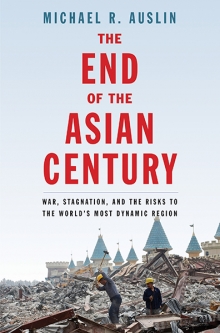
The End of the Asian Century
Since Marco Polo, the West has waited for the “Asian Century.” Today, the world believes that Century has arrived. Yet from China’s slumping economy to war clouds over the South China Sea and from environmental devastation to demographic crisis, Asia’s future is increasingly uncertain. Historian and geopolitical expert Michael Auslin argues that far from being a cohesive powerhouse, Asia is a fractured region threatened by stagnation and instability. Here, he provides a comprehensive account of the economic, military, political, and demographic risks that bedevil half of our world, arguing that Asia, working with the United States, has a unique opportunity to avert catastrophe—but only if it acts boldly. Bringing together firsthand observations and decades of research, Auslin’s provocative reassessment of Asia’s future will be a must-read for industry and investors, as well as politicians and scholars, for years to come. —Yale University Press{chop}
ChinaFile Recommends
03.02.17Ordinary Citizens Are Hoping to Make a Difference at China’s Biggest Political Meet-Up
Time
China’s “two sessions” kicks off this week, bringing together all of the movers and shakers from the top echelons of government for the nation’s two big annual political shindigs.
ChinaFile Recommends
02.24.17China Seeks Baby Boom to Counter Sluggish Birth Rates
Financial Times
Chinese authorities are looking at ways to encourage people to have more children, less than 18 months after dropping the country’s contentious one-child policy in a bid to boost birth rates and stave off a demographic decline.
ChinaFile Recommends
02.14.17In China, a Lonely Valentine’s Day for Millions of Men
New York Times
That’s because China’s gender gap remains huge. There were 33.59 million more men than women in China in 2016, according to figures from the country’s National Bureau of Statistics that were issued last month
ChinaFile Recommends
01.25.17China Likely to Stick to a Two-Child Policy
Wall Street Journal
Government plan cites demographic challenges, with country’s population seen peaking at 1.45 billion in 2030
Sinica Podcast
10.20.16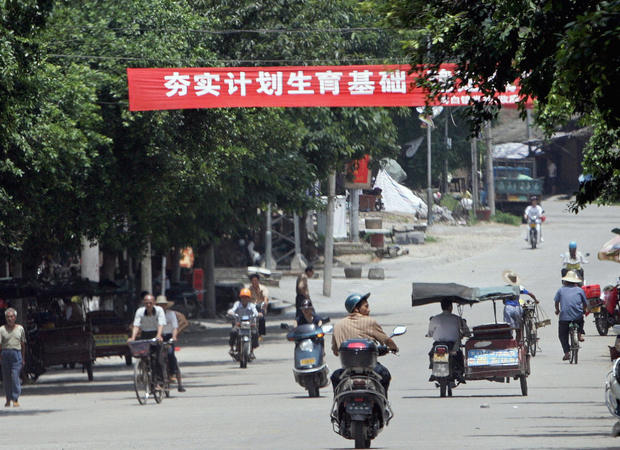
The Consequences of the One-Child Policy Will Be Felt for Generations
from Sinica Podcast
The first day of 2016 marked the official end of China’s one-child policy, one of the most controversial and draconian approaches to population management in human history. The rules have not been abolished but modified, allowing all married Chinese...
ChinaFile Recommends
09.12.16Marriage Falls in China, Transforming Finances and Families
New York Times
The decline in marriages means a decline in the kind of spending China needs to drive economic growth.
Books
12.16.15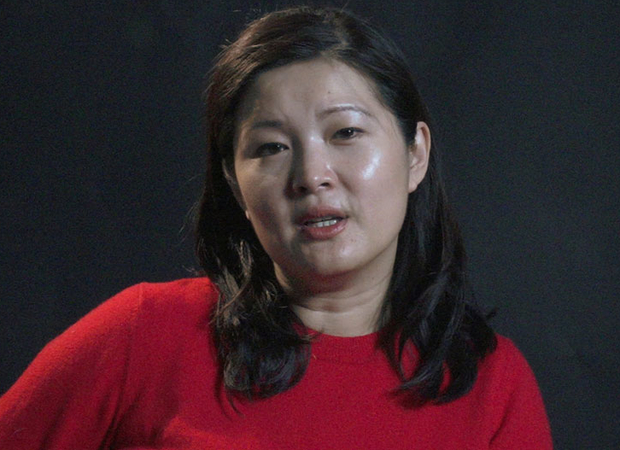
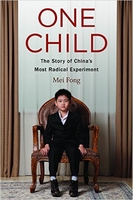
One Child
When Communist Party leaders adopted the one-child policy in 1980, they hoped curbing birth-rates would help lift China’s poorest and increase the country’s global stature. But at what cost? Now, as China closes the book on the policy after more than three decades, it faces a population grown too old and too male, with a vastly diminished supply of young workers.Mei Fong has spent years documenting the policy’s repercussions on every sector of Chinese society. In One Child, she explores its true human impact, traveling across China to meet the people who live with its consequences. Their stories reveal a dystopian reality: unauthorized second children ignored by the state, only-children supporting aging parents and grandparents on their own, villages teeming with ineligible bachelors, and an ungoverned adoption market stretching across the globe. Fong tackles questions that have major implications for China’s future: whether its “Little Emperor” cohort will make for an entitled or risk-averse generation; how China will manage to support itself when one in every four people is over sixty-five years old; and above all, how much the one-child policy may end up hindering China’s growth.Weaving in Fong’s reflections on striving to become a mother herself, One Child offers a nuanced and candid report from the extremes of family planning. —Houghton Mifflin Harcourt{chop}
Caixin Media
12.14.15
Lack of Clear Policy Direction on Two-Child Rule Leaves Nation Guessing
Regional family-planning officials say the lack of clarity on when the new two-child rule will come into effect has put them in legal limbo, unable to issue birth permits to couples who conceive a second child before the new policy kicks in, leading...
ChinaFile Recommends
07.23.15China May Adopt ‘Two-child Policy, Demographic Timebomb Looms
Guardian
China could be on the verge of introducing a two-child policy, under which all Chinese couples would be allowed to have two children.
Books
05.19.15
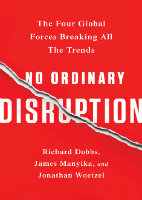
No Ordinary Disruption
Our intuition on how the world works could well be wrong. We are surprised when new competitors burst on the scene, or businesses protected by large and deep moats find their defenses easily breached, or vast new markets are conjured from nothing. Trend lines resemble saw-tooth mountain ridges.The world not only feels different. The data tell us it is different. Based on years of research by the directors of the McKinsey Global Institute, No Ordinary Disruption: The Four Forces Breaking All the Trends is a timely and important analysis of how we need to reset our intuition as a result of four forces colliding and transforming the global economy: the rise of emerging markets; the accelerating impact of technology on the natural forces of market competition; an aging world population; and accelerating flows of trade, capital, and people.Our intuitions formed during a uniquely benign period for the world economy—often termed the Great Moderation. Asset prices were rising, cost of capital was falling, labor and resources were abundant, and generation after generation was growing up more prosperous than their parents.But the Great Moderation has gone. The cost of capital may rise. The price of everything from grain to steel may become more volatile. The world’s labor force could shrink. Individuals, particularly those with low job skills, are at risk of growing up poorer than their parents.What sets No Ordinary Disruption apart is depth of analysis combined with lively writing informed by surprising, memorable insights that enable us to quickly grasp the disruptive forces at work. For evidence of the shift to emerging markets, consider the startling fact that, by 2025, a single regional city in China—Tianjin—will have a GDP equal to that of the Sweden, or that, in the decades ahead, half of the world’s economic growth will come from 440 cities including Kumasi in Ghana or Santa Carina in Brazil that most executives today would be hard-pressed to locate on a map.What we are now seeing is no ordinary disruption but the new facts of business life—facts that require executives and leaders at all levels to reset their operating assumptions and management intuition.—PublicAffairs{chop}
ChinaFile Recommends
05.29.14China Scrambles to Adjust to Baby Boomlet
Wall Street Journal
China’s health officials are taking steps to accommodate two million more births annually after a landmark decision last year to relax population controls.
ChinaFile Recommends
10.23.13The Labor Shortage That Could End China’s Economic Boom
Foreign Affairs
Based on its track record, the purely economic dimensions of an economic transition don’t seem more daunting than the other feats the C.C.P. has pulled off. Instead, it’s the social and political dimensions of the demographic hangover that seem most...
Conversation
03.13.13
China’s Post 1980’s Generation—Are the Kids All Right?
This week, the ChinaFile Conversation is a call for reactions to an article about China’s current generation gap, written by James Palmer, a Beijing-based historian, author, and Global Times editor. The article, first published by Aeon in the U...
ChinaFile Recommends
03.05.13China Could Fix Its Oversupply Of Men By Letting Gays Marry
Quartz
China has tens of millions more men of marriageable age than there are women. Legalizing same-sex marriage would help solve China’s hugely problematic gender imbalance.
ChinaFile Recommends
01.25.13Peak Toil
Economist
In the first of two articles about the impact of China’s one-child policy, The Economist looks at China’s shrinking working-age population.
ChinaFile Recommends
12.03.12Decline of Primary Schools in Rural China: Causes and Consequences
China Policy Institute Blog
“Half of rural primary schools have disappeared between 2000 and 2010 and such a trend is still an ongoing process”, says Twenty-first Century Education Research Institution, a NGO based in Beijing. The rapid decline of primary schools in rural...
ChinaFile Recommends
11.02.12One-Child Policy Up for Reform in China?
Associated Press
The unpopular policy should be phased out, says a Chinese government think tank.
ChinaFile Recommends
10.02.12China’s Low Glass Ceiling Threatens Growth
Bloomberg
A sea change is rippling through many Chinese factories. A workforce once dominated by women is now increasingly male. China’s one-child policy chips away daily at its competitive advantage in manufacturing for export, first by...
ChinaFile Recommends
06.14.12A China Entry Guide (Infographics)
Illuminant
Part 1 of 12 of Illuminant’s Chinese Takeout “Enter the Dragon: A Realistic Overview of China.”



